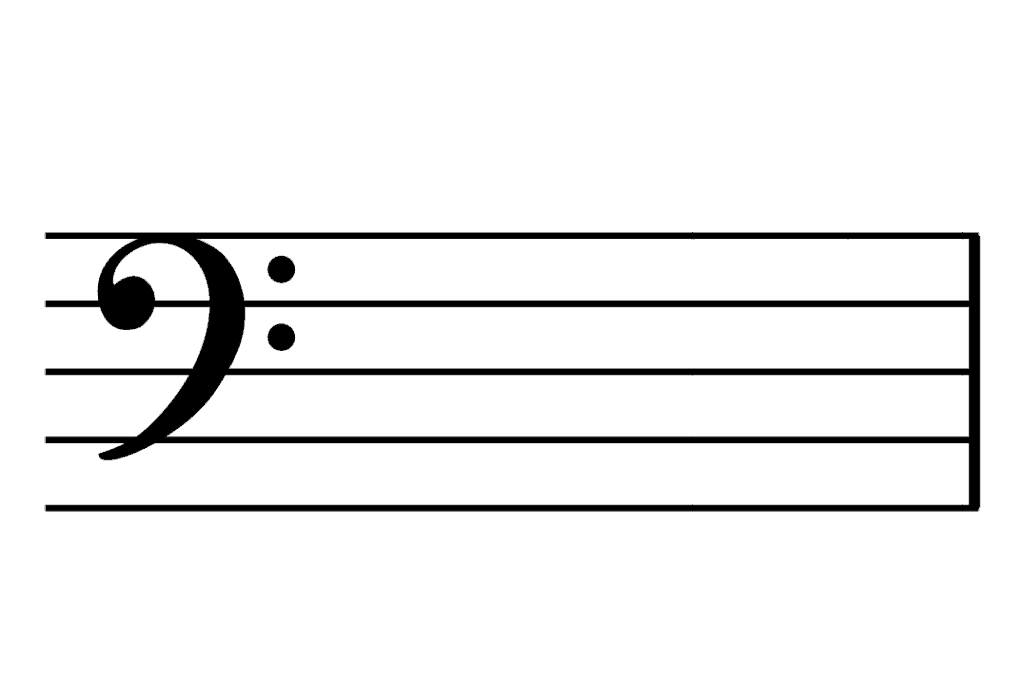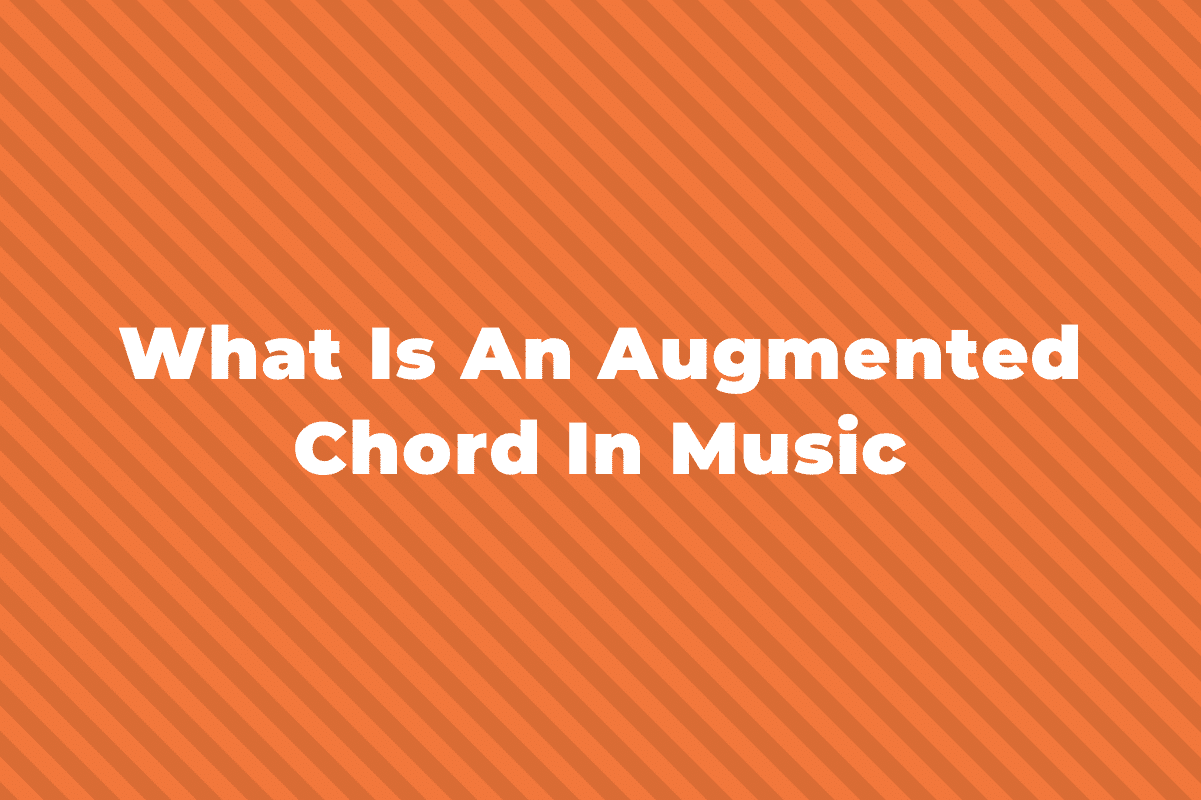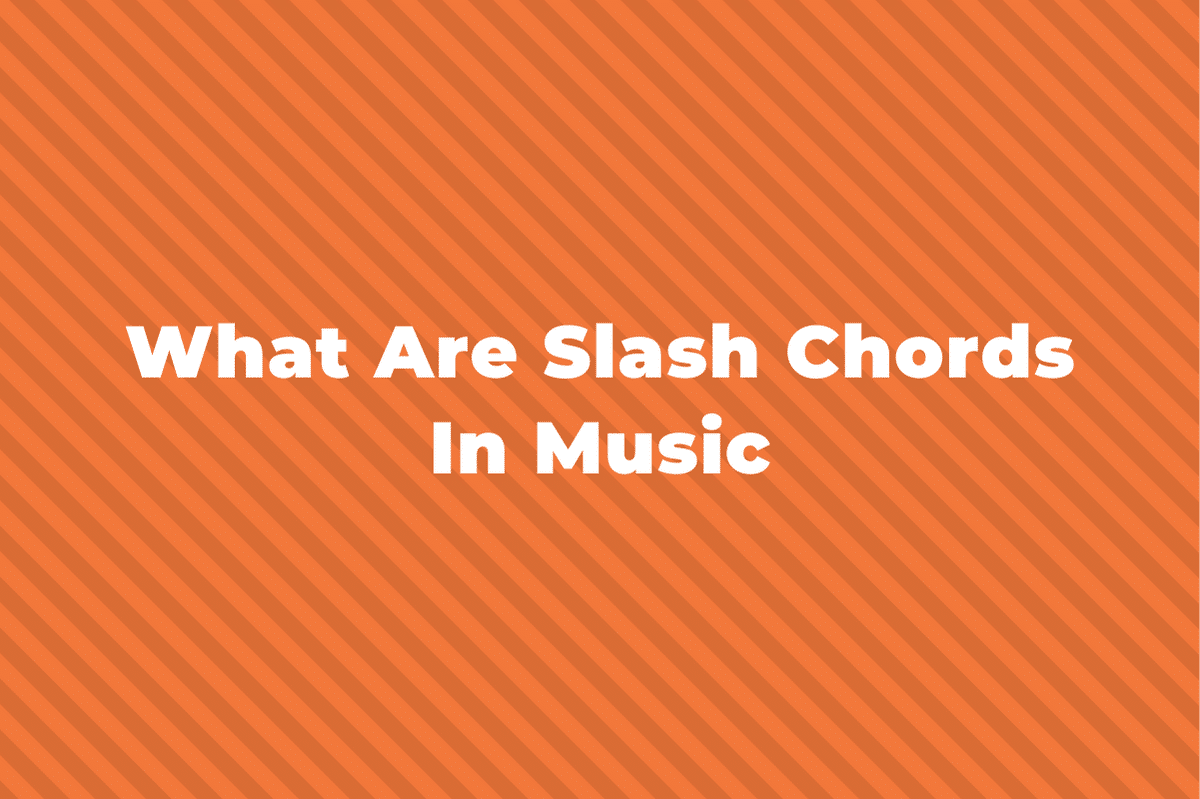When it comes to learning about musical clefs, there are a few essential ones that you’ll need to know about if you’re learning to read music or want to learn music theory.
In this post, I’m going to be taking a look at a clef that’s used by instruments that play in the lower register: The Bass Clef.
What is the Bass Clef?

The bass clef is a type of musical clef used by instruments that play low-pitched notes.
It’s also known as the F clef as it loops and wraps itself around the note F on a stave.
It also has two small dots on either side of the 2nd line of the stave to show us which note is F.

Over the years it’s evolved from originally being written as a letter F through lots of different variations to what we know it as today.

What Instruments use the Bass Clef?
Lots of different instruments use the bass clef to read music.
Instruments like:
- Double basses
- Tubas
- Bassoons
- The left hand of the piano
How to Draw a Bass Clef
As far as all the clefs go it’s probably one of the easiest clefs to draw.
That being said you need to get it in the right place.
I’ve got a post and free drawing bass clef worksheet for you to download and practice.
But this video here gives you an overview.
Bass Clef Notes
To help you memorize and learn these notes we can split them up into lines and the spaces like we did with the treble clef notes.
For the notes on the lines you can use the phrase:
Great Britain Doesn’t Fight America

There are a few other mnemonics you could use:
Good Boys Deserve Fudge Always – or: Great Big Dogs Frighten Auntie
And lastly, for the notes in the spaces I use the phrase:
All Cows Eat Grass

That’s it for the Bass Clef
I hope that helps make a bit more sense of the bass clef and how to work out all the notes.
It can seem overwhelming at first that you have to memorize them all but with a little practice and using the mnemonics covered above as well as flashcards you’ll slowly start to internalize them.



